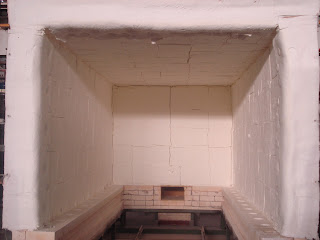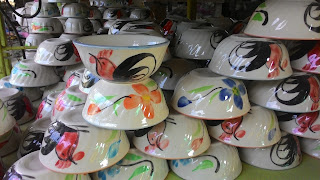Tablewhere in Quotes; a Discussion with Mr. K.M.Lam Of Kennex (Hong Kong) Ltd.
Kennex (Hong Kong ) Ltd were founded in 1993 and are still in business today thus their history as a trader and marketing company of tableware (ceramics mostly but also glass and enamelware) cover a similar period of history as the article. We spoke to K.M.Lam about the company development and how it adapted to the changing industry. ‘We started business in 1993 and there was just four of us including myself though I had experience when younger of working in frit manufacture in Taiwan and a vitreous enamel plant in Nigeria. It was not unusual at all in the beginning for us to be doing the ware inspection, kneeling on the floor doing quality control. We now have about 300 employees in several countries. At the start we were a simple Hong Kong trading company but as foreign companies had no experience dealing with China and we had language skills, contacts and cultural awareness, plus some ceramics experience we had a great advantage. China factories expanded production or new fac



